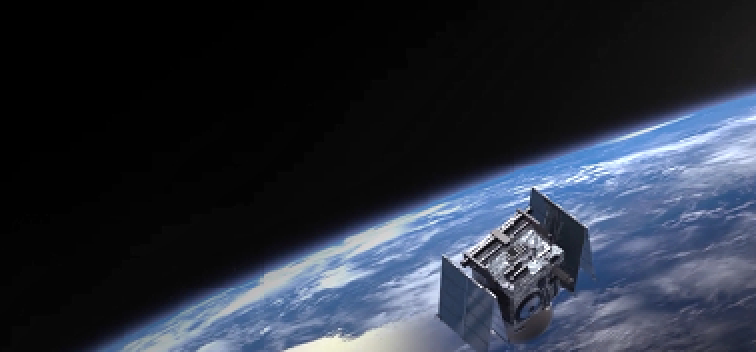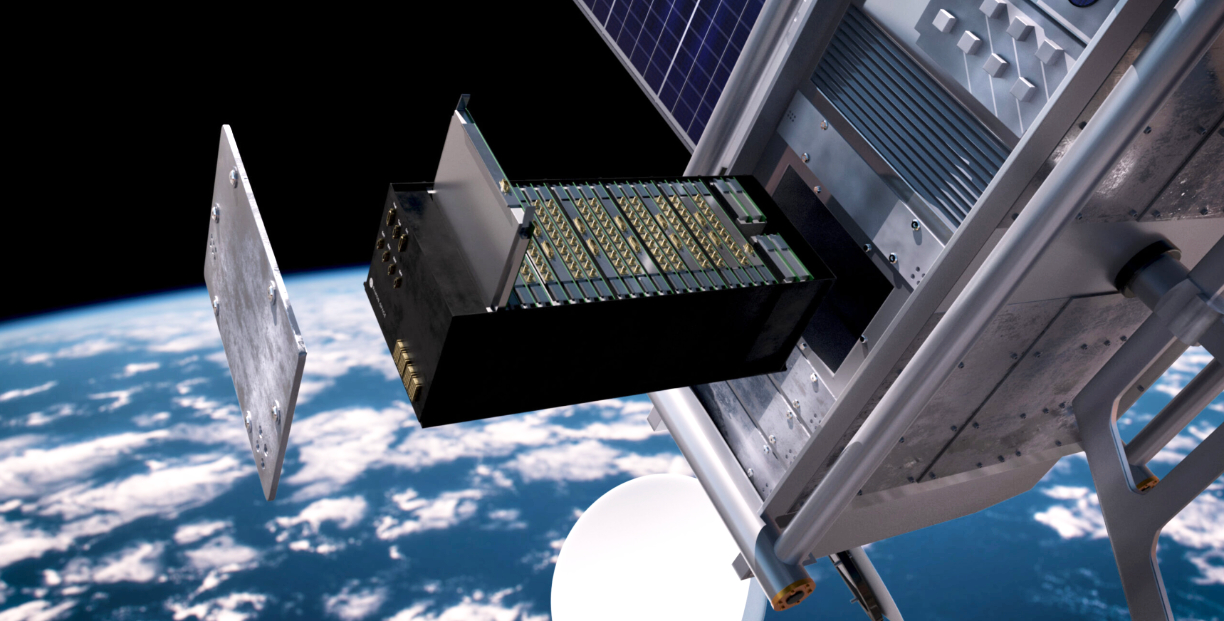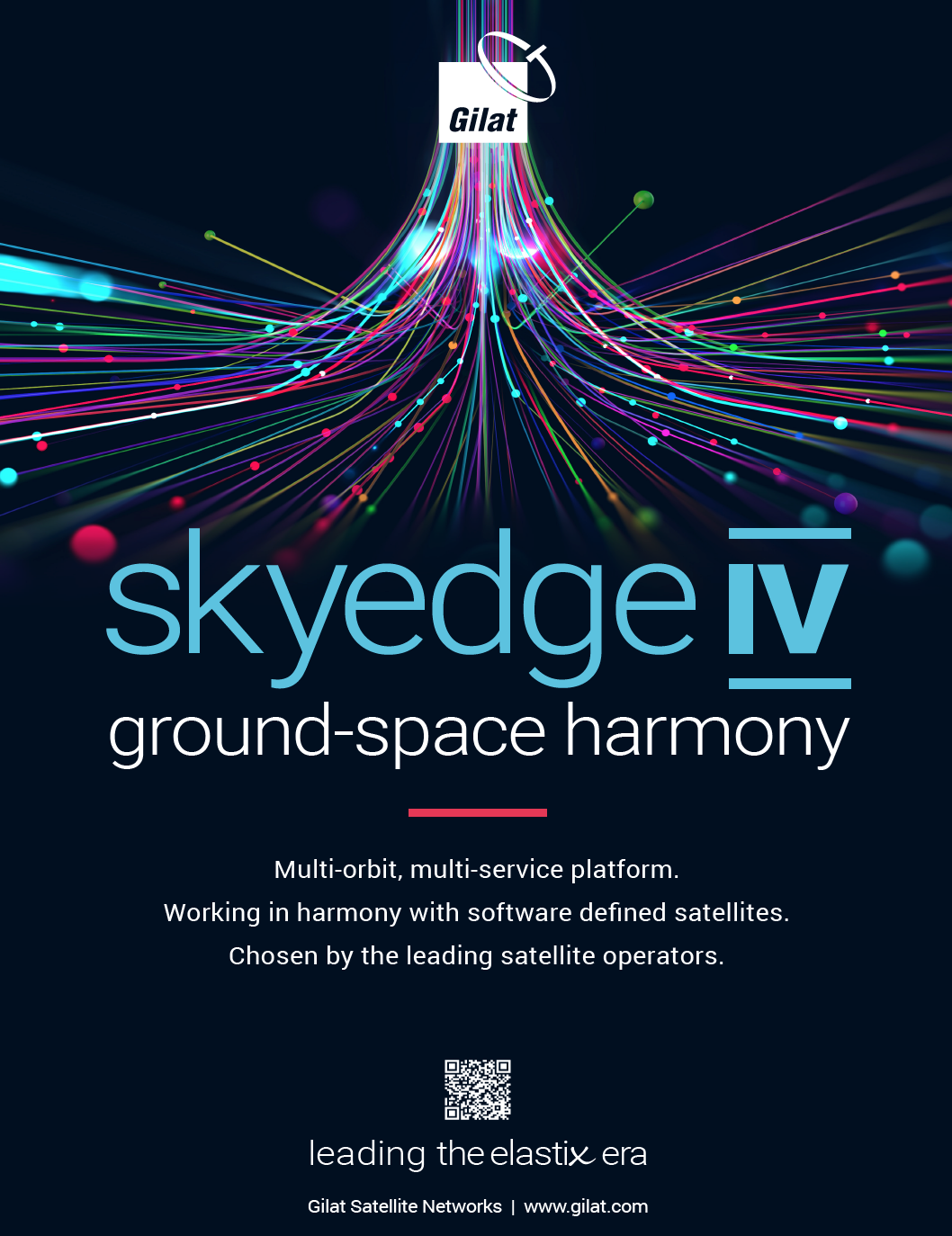The future of payloads in space means we’re just getting started.
More than 50 years have passed since humankind began its extraterrestrial adventure. Since then, space has often been considered the “Final Frontier,” accessible only by a few select government and research agencies. However, recent developments in the industry have made space within reach for a greater percentage of new companies and individuals.

The biggest hurdle — launch costs — has significantly decreased in recent years. In 2000, launch costs averaged $18,500 per kilogram, but today, that price has been reduced to far less... $2,720 per kilogram. Additionally, advances in autonomous and intelligent satellite technology, software-defined payloads, data transfer, computing and networking power, as well as satellite miniaturization have made the implementation of advanced IT services in space much more feasible.
Lower costs and advances in technology have resulted in numerous private endeavors that deliver specific, space-enabled services — this means that space is already impacting our lives, and this trend is only getting started. What will private space endeavors look like in the years to come? What are some of the future, and even current, plans for space? And, most importantly, what is still needed to deliver on the fantastic promise of the “Final Frontier”?
Infinite Potential
Traditionally, commercial satellite endeavors have focused on two types of services: Communication and Earth Observation (EO). Technological advances are driving new levels of processing performance that empower near instant value for both services. These advances are also revolutionizing the way networks communicate by enabling satellites to “speak” with each other directly, instead of through an intermediary ground station. The deployment of satellite networks and recent advances in networking technology enable even more service flexibility.
Software-empowered payloads enable satellites to receive post-launch software updates, empowering new possibilities in terms of upgrades and maintenance that extend a satellite’s lifetime, functionality, and utility far into the future. These technological advances, specifically those dealing with computing power and networking, are buoyed by the large numbers of intelligent satellites that are expected to be launched in the future.
By some estimates, more than 1,000 satellites will be launched every year until 2028 with advanced space technology such as software-enabled payloads, powerful processing, programmable networking and communication, storage and machine learning (ML) — all on orbit.
New possibilities in the realms of processing power, networking and storage create opportunities for forward-looking companies looking to monetize the “Final Frontier.” But they also will result in, and in many ways depend on, troves of data.
To truly enable the bright future of space-based applications, the challenge of data storage and processing must be solved at scale. Companies who want to develop innovative applications in space will benefit significantly from building upon a computing infrastructure that supports their custom needs.
A few examples of what the space community is up to today and how these initiatives will benefit from a space computing infrastructure follow...
Satellites To The (Earth’s) Rescue
It is apparent that global warming and climate change are serious existential threats and it should come as no surprise that much of the innovation in space is centered on conducting research in those areas. Observation satellites gather crucial, real-time information on conditions such as sea levels, temperatures, air quality, vegetation, and CO2 levels. This data can increase understanding on wildfire spread to inform firefighting authorities; ocean currents to maximize shipping routes; and detect poachers and prevent them from killing endangered wildlife.
Additionally, data from satellites is used to track methane leaks, where time is crucial to containing the leak and preventing harm and damage. This application mandates on-satellite processing and analysis capabilities as well as instant communication to allow authorities to take action in time. When it comes to methane leaks, there simply is no time to wait for the satellite to transmit images to Earth for processing.
While the basic process of compiling, storing, and processing that data is standard, each of these distinct use cases require specialized programs to analyze their unique data and make it actionable. It can be extremely challenging to create radiation-hardened computing hardware, so the introduction of universal space- resilient computing infrastructure products will free companies from having to worry about the foundational elements of space computing, and instead focus on developing innovative solutions to their unique challenge.
Space-Age Agriculture
With climate change threatening already precarious levels of food security, the digitization and predictability powered by EO are valuable tools for many of the world’s farmers that deal in a domain notorious for its manual processes and unpredictability.
When combined with remote sensing technology on the ground, EO companies help farmers tackle issues like plant disease, while improving crop management and optimizing irrigation. The data collected from EO satellites is modeled to help farmers predict how specific plant varieties will respond to different soil types and make better decisions about which crops to plant in which fields and when to spray pesticides.
Data harvesting companies are rushing to support the agriculture industry using high frequency, high volume image capture to gather data that changes frequently. On-orbit storage solutions are required to manage the massive amount of data being collected by these satellites daily.
Optimizing Earth-bound farming capabilities is just one side of the coin; the future may bring completely autonomous space farms that grow, harvest and store fresh fruit and vegetables. At the minimum, this will ensure that our astronauts are well- fed with healthy, fresh food while on long missions.
The ultimate goal is to develop completely autonomous space farms, either on satellites or celestial bodies, that leverage high processing speeds, ML technology and data centers to keep their plants growing strong, without the need for human intervention. Of course, such a space farm would demand comprehensive computing infrastructure to process and analyze the data collected to enable artificial intelligence (AI) systems.

Connecting The Non-Connected
Over the years, satellites have helped connect a significant portion of the world to each other — enabling communication and information access from virtually every place on Earth. The benefits of connectivity have allowed mankind to make significant advancements in access to knowledge within the first two decades of this century, however, further revolutionary advantages are only just beginning to develop to accelerate this trend.
Access to knowledge and information betters the human condition from both micro- and macro-economic perspectives. Individuals have an innate desire to pursue knowledge and learn to better their own individual conditions from physical, mental and financial perspectives.
Access to the internet, which provides upcoming weather conditions, technical know-how and remote medicine have allowed individuals to improve their living conditions. In turn, these individuals share the knowledge they obtain within their communities, rising up their village, city and country to achieve more and compete on the global level.
Satellite IoT (Internet of Things) devices that require satellite connectivity can also be used in a range of industries such as agriculture, energy, maritime and logistics to name a few. These industries are particularly in need of satellite connectivity given the remote nature of their business. Location tracking, asset management, and smart data insights that can be obtained via software-defined satellites deliver accurate, reliable, and useful information about the resources depended on globally.
As populations continue to capitalize on the advantages of satellite connectivity for people and things alike at an increasing rate, the utility of a robust and intelligent computing infrastructure solution will become evident. Satellite service providers offering connectivity across many distinct verticals will need bespoke solutions tailored towards unique needs, however, the infrastructure they require to obtain the necessary data analytics remains consistent.
Humans In Space
At this point in time, only a few dozen, human beings have been to space, those being highly trained, elite astronauts and payload specialists. However, this reality may soon be upended. Space tourism has already begun and some governmental space agencies are planning for human presence in space as a way to enable long- term exploration, mission support and space mining.
Critical infrastructure is necessary to sustain humans for long-term moon missions, such as lunar exploration. This infrastructure encompasses anything and everything required to support human existence on the surface of the moon, including life support, communication, transportation, agriculture and other systems, all of which demand earth-like computing capabilities.
As the human presence in space increases, both literally and mechanically, humankind will be better equipped to capitalize on the many benefits space exploration can offer.
The “Final Frontier” no longer looks so final, as an increasing number of businesses, governments and even private individuals leverage technological advances and downward-spiraling launch costs to develop new endeavors aimed at harnessing space’s extraterrestrial advantages.
Applications geared toward improving agriculture, fighting climate change, and sustaining long-term human life in space are already in the works.

Before humanity can start to reap the benefits of a commercial reality that extends beyond the confines of Earth, the space industry must first contend with the many significant challenges this entails. High radiation levels and the extreme temperatures of space, coupled with high maintenance and replacement costs, alongside limited resources, dictate the use of robust, custom-made infrastructure that can withstand the rigors of space.
What’s more — smart, intelligent payloads are still in their infancy and their use necessitates high performance processing, AI/ML technology, software- empowered capabilities and storage that are purpose-built from the ground up for the harsh conditions of space.
The key to unlocking the incalculable potential of software-empowered satellites will be radiation hardened, earth-like, programmable computing infrastructure. With a universal computing infrastructure that can survive the hostile environment of space, innovators will be free to build the applications they need on a platform that can support their interstellar missions.

Avi Shabtai
Avi Shabtai is the CEO of Ramon.Space, a leader in Space-resilient computing infrastructure. With an extensive background in business and technology leadership from start-ups to publicly traded companies, his career spans various industries including wireless, data centers, networking, and space. Avi has pursued his passion for deep technology innovation via his leadership of several companies around the globe including his most recent position as CEO of MultiPhy Inc., specializing in high-speed integrated circuits for the data center market. Prior to MultiPhy, he held several executive positions as VP and GM at Alvarion Technologies (ALVRQ), VP R&D at Tiaris, and Director of Engineering at Metalink (MTLK). Avi holds an MSc and BSc in Electrical Engineering from the Technion, Israel Institute of Technology and is an SMP graduate of the Technion Institute of Management.
ramon.space


